June 17, 2025 | 12:49 GMT +7
June 17, 2025 | 12:49 GMT +7
Hotline: 0913.378.918
June 17, 2025 | 12:49 GMT +7
Hotline: 0913.378.918
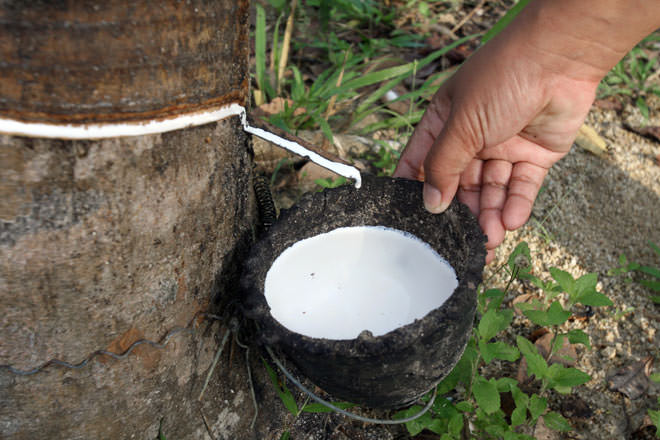
In the first nine months of 2021, Vietnam is the fourth largest market to supply rubber to India with 69.14 thousand tons. Photo: TL.
According to the Department of Export and Import (the Ministry of Industry and Trade), in 2021, the demand for rubber of India rises strongly, that leads to a sharp increase in importing as the production capacity does not meet the demand.
Statistics of the Ministry of Trade of India shows that, in the first 9 months this year, India imported 867.41 thousand tons of rubber, valued at US$ 1.72 billion, up 41.2% in volume and 74% in value in comparison to the same period of last year.
Indonesia, South Korea, Malaysia, Vietnam and Thailand are the five biggest market providing rubber for India. The rubber import from these 5 markets increases sharply as of the same period of 2020.
In the first nine months of 2021, Vietnam is the fourth largest market to supply rubber to India with 69.14 thousand tons, worth US$ 132 million, up 46.5% in volume and 92.1% in value compared to the same period in 2020.
Vietnamese rubber accounted for 8% of India's total rubber imports, up from 7.7% in the same period in 2020.
In the first nine months of 2021, India imported 356.8 thousand tons of natural rubber, worth US$ 652.79 million, up 31.5% in volume and 66.7% in value over the same period last year.
In which, Vietnam is the second largest market supplying natural rubber to India with 67.87 thousand tons, worth US$ 129.24 million, up 44.8% in volume and 89.6% in value compared to the same period in 2020.
Vietnamese natural rubber accounted for a market share of 19% of India's total imports in the first nine months of 2021, up from 17.3% in the same period in 2020.
The main market structure supplying natural rubber to India in the first 9 months of 2021 has changed when the share of rubber market of Indonesia, Ivory Coast, Singapore in total imports of India decreased, while the market share of Vietnam, Malaysia and Thailand increased.
Translated by Khanh Linh
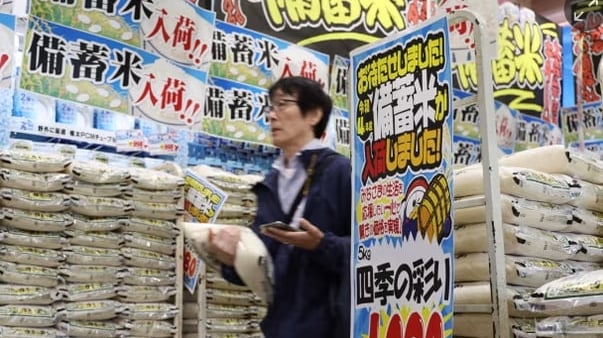
(VAN) The political and cultural insulation of Japan’s beloved grain is falling apart, and experts warn the country’s relationship with the staple will have to adapt.
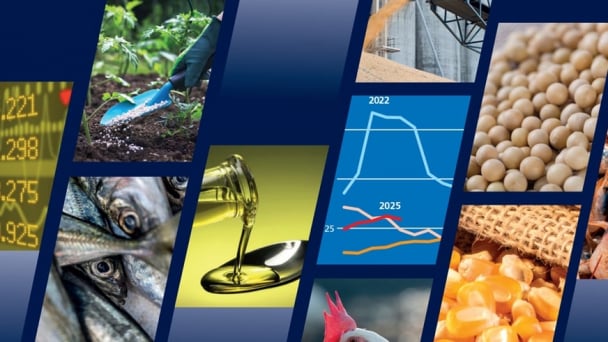
(VAN) Noting risks, report examines impacts of avian influenza, changing trade patterns since 2022, fish fraud, and shipping industry’s net-zero goals.
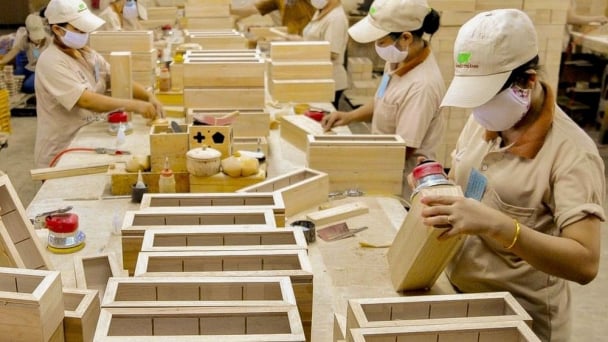
(VAN) Mr. Tran Quang Bao, General Director of the Forestry and Forest Protection Department, met and worked with the International Wood Products Association to promote cooperation in the field of timber trade.

(VAN) China's outbound shipments of rare earths in May jumped 23% on the month to their highest in a year, though Beijing's export curbs on some of the critical minerals halted some overseas sales.
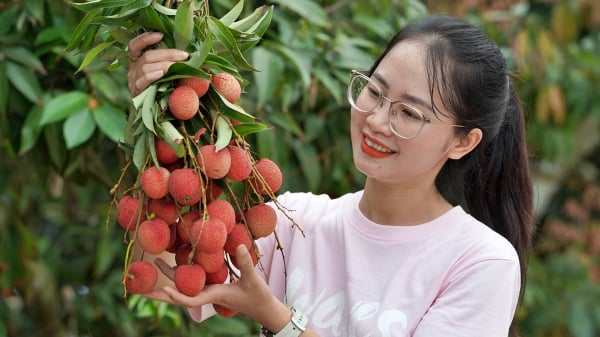
(VAN) To sustain capital flow, administrative reform alone is not enough; what farmers truly need is an ecosystem where both government and businesses grow together in support.
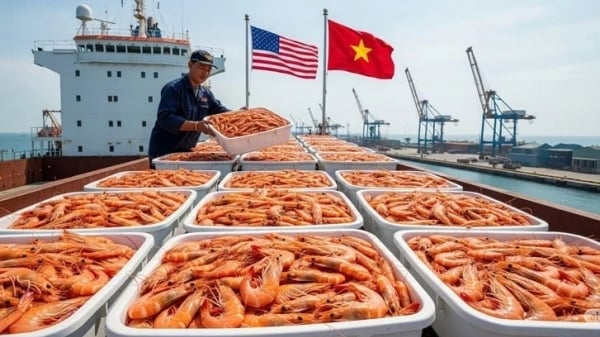
(VAN) Vietnam and the United States are proactively working together, each in their own way, to ensure that every container of agricultural goods carries not just products, but also long-term trust and value.
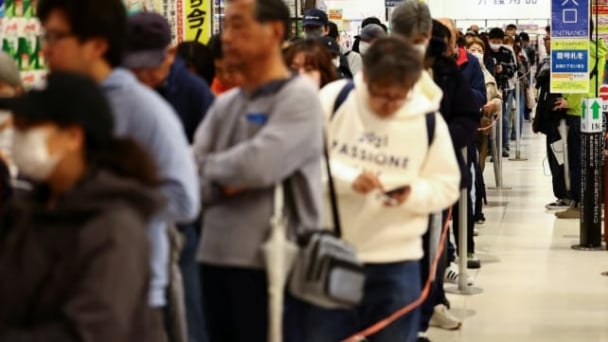
(VAN) Stores have started selling rice from the government’s stockpile to feed demand for the staple.